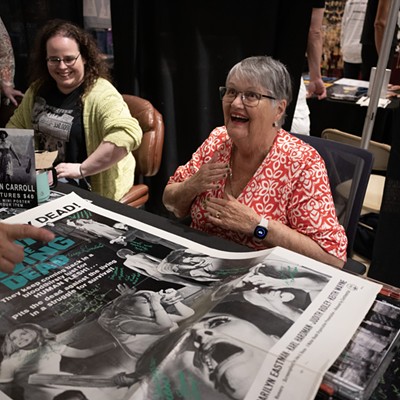Yasujiro Ozu began making films in the silent era, and his style never varied much from the rudiments he learned then. He didn't even embrace sound until 1936, and typically built his films out of long, stationary shots from a camera positioned low, as if it were just another household visitor perched on a tatami mat.
But the Japanese master is nonetheless considered something of a revolutionary. Film scholar David Cook writes that Ozu was likely the first director to thoroughly exploit off-screen space, using non-centered framing, off-screen sound and so-called "empty scenes" (basically, still-lifes at 24 frames per second) to examine the lives of lower-middle-class Japanese families, who were the subjects of all but a few of his 54 films.
For such traits is Ozu regarded as the "most Japanese" of Japan's major filmmakers -- likely one reason widespread Western appreciation of his work came only decades after his death in 1963. With his films still rarely screened in the U.S., it's remarkable that the first big-screen Ozu showing in Pittsburgh in years is an eight-week, eight-film series of key films. Each film screens twice, beginning with The Flavor of Green Tea Over Rice (1952), a social satire about an unpretentious man and his social-climbing wife. Also included are Ozu's 1953 masterpiece, Tokyo Story, and his final film, An Autumn Afternoon (1962). All will be shown in new 35 mm prints.
Typically exploring the impact of modernity on traditional culture, Ozu's cinema, writes Cook, "is an art predicated on the Zen Buddhist reverence for the mystery of the everyday."












